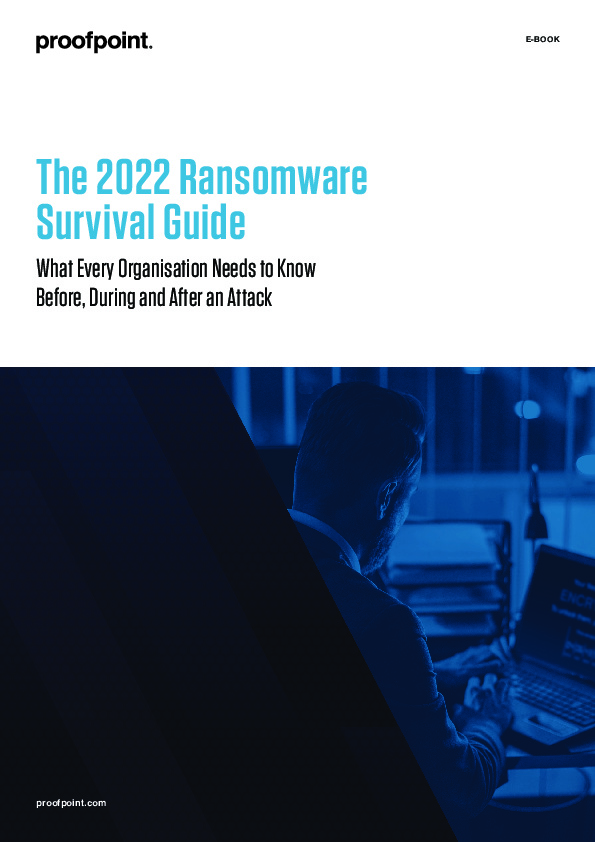The 2022 Ransomware Survival Guide

Ransomware is an old threat that persists as a modern-day problem. This type of malware—which gets its name from the payment it demands after locking away victims’ files—is a major issue for modern businesses. It’s one of today’s most disruptive types of cyber attacks.
With major incidents involving fuel, food, and health infrastructure in 2021 showing that no target is off limits, it’s more important than ever to have a plan to mitigate risk and respond if your systems are infected with ransomware.
Why is ransomware still around?
Ransomware has persisted because of four primary drivers:
- Ransom payments are easier to collect than other types of fraud, thanks to
- Bitcoin and other digital currencies.
- Attackers have many distribution channels—including existing compromises of an environment—boosting the chances of success.
- Many businesses have weak or outdated cyber defences and poor backup and recovery routines, making for a large pool of targets.
- Attackers are getting better at targeting and more sophisticated in their tactics.
Ransomware compromises systems and data, but the attacks that lead up to it target people. Like most cyber attacks, ransomware usually requires someone to act on the attacker’s behalf, such as opening an attachment or clicking a URL. That’s why fighting ransomware requires a people-centric approach.
Download the whitepaper to discover what Every Organisation Needs to Know Before, During and After an Attack.
